Importance of matrimony in personal and social spheres
As we all know, marriage is a very special event in one’s life. After wedding, the couple steps into a new horizon of life, promising each other a permanent companionship through thick and thin. Marriages hold significant importance in social sphere. It is believed to bring fullness to life and provide the moral right to have children, contributing to good health and bliss and it goes without a saying that marriage is one of the most cherished affairs of a lifetime. In India, marriage is considered absolutely necessary for a couple to be together, which is how the society looks upon the importance of wedding. Through the wedding rituals, a couple is believed to be blessed by the gods.
India, being a land of various communities and cultures exhibits variations in wedding ceremonies and customs as well. Bengalis, Marathis, Punjabis, Rajasthanis, Gujaratis all have their unique way of celebrating marriages. But the festive spirit of the ambience is common to every community and the festival is celebrated with great splendor and enthusiasm.
Marathi wedding rituals and custom
Marathis are the native people of Maharashtra.Like any other Indian wedding, the Marathi wedding is also accomplished in three phases. The pre marriage rituals comprises three basic customs of sakhar puda, wang nischay and haldi chadawat. In sakhar puda, sugar exchange takes place between the bride and the groom’s family. Wang nishchay is the engagement ceremony performed with the prayer (puja) by both the families. Haldi chadawat is the auspicious event wherein the bride and the groom are smeared with haldi paste (in mango leaves). These rituals are followed by the Ganesh puja, Seeman puja and Gowrihar puja, which are part of the actual wedding. The post wedding ceremony consists of the obvious Grihapravesh (wherein the bride steps in the groom’s house, both the bride and the groom’s feet are washed with water and milk. The bride steps in by slightly tipping over a metal pot of rice) and the reception party (feast given to the friends and family of the couple).
Wedding costume of the Marathi bride
Saree draped in Kastha style and Koli style is the very own attire of the Marathis. Traditional draping of the Marathi saree is done without a petticoat. The mid portion of the saree (along the length) is set at the back of the waist with the securely tied ends (in the front) wrapped around the legs. The designed portion at the end is pleated and worn around the shoulder to cover the upper portion of the body and torso.
The Koli style of draping originated from the Koli tribe of Maharashtra. In this method of draping, the saree consists of two parts. One part is wrapped around the waist and the other part is hung over the left shoulder. The Kacha style is similar to the draping of dhoti. These sarees are mostly of nine yards and hence is colloquially known as Nauvari. The Marathi bride is generally clad in their uniquely draped saree. Her wedding attire reflects simplicity and innocence. Sarees like Kanjeevaram, Mysore silk, Bomkai silk and cotton ones embellished in threadwork and pure silk are major preferences for wedding apparels. The bride is adorned in simple jewelries like a tiara attached to her forehead, a pearl necklace and ear rings (of seven pearls). They don’t indulge in heavy ornaments giving a garish appearance. The hair is neatly made into a bun and set by tying garlands to it. A gold waist band is adorned around her waist, her hands are filled with colorful glass bangles and a nine pearl nose ring is attached to her nose. Wearing toe ring is a must for the bride. A pattern of crescent moon with a dot is made on her forehead.
It is difficult to drape a nine yard saree without skill and practice. So, nowadays, ready to wear Marathi wedding sarees are also available. It is worn like any other costume and the aanchal (decorated end) is set over the shoulder. These ready to wear sarees are hassle free and time saving and hence have gained immense popularity in the present times.
Typical Marathi sarees, known as Paithanis, are in bright shades of Yellow, Green, Blue and Purple, with a golden hem. Experimentation with colors and styles is in fashion. A Marathi bride is believed to be an incarnation of the Hindu goddess, Parvati. Thus, ethnicity and classic appeal is the theme of the look of a Maharashtrian bride. In the wedding trousseau, the Marathi bride looks breathtakingly beautiful. Her divine glow and alluring charm complements the occasion. She is the immaculate embodiment of purity.
Wedding attire of the Marathi groom
Both the bride and the bridegroom are the centre of attention on their wedding day and so the groom does not lag behind the bride in terms of put up. Marathi grooms generally wear Dhoti and Kurta, which may be white or colored. The Kurtas are available in different designs and styles. Even ready to wear dhotis are available. The groom wears rings on his fingers and a necklace of pearl beads and covers his head by wearing a turban or nehru cap. The dressing style of the Marathi bride and groom exhibits the communities’ good taste and simplicity.
It’s a treat to the eye to watch a Marathi couple, donned in their wedding ensemble, take “saath pheres” (the custom of making promises to each other by seven taking rounds around the sacred fire).
Availability of wedding costumes
If you are looking for your perfect Marathi wedding dress, be rest assured that you don’t have to pull out hairs off your head. Look for the wedding garment suppliers or other wedding consultancy to help you in this regard. You can also try out the designer made ones. So get hold of the most renowned designer in your city to be the showstopper on the day on your wedding day. The enchanting appearance of the Marathi couple truly justifies the saying that “marriages are made in heaven”. Reflect your culture in your attitude and the world will respect you.

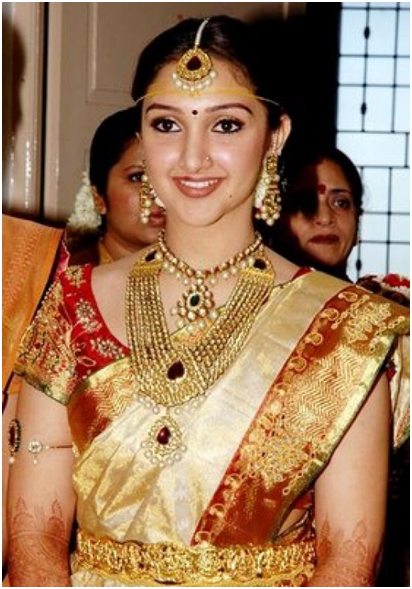

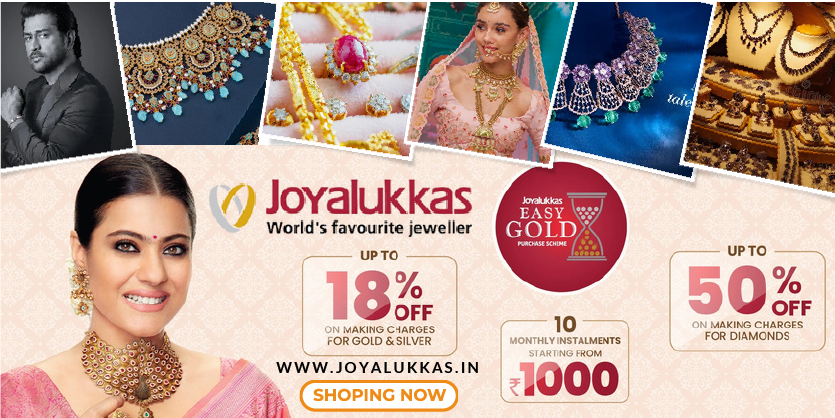
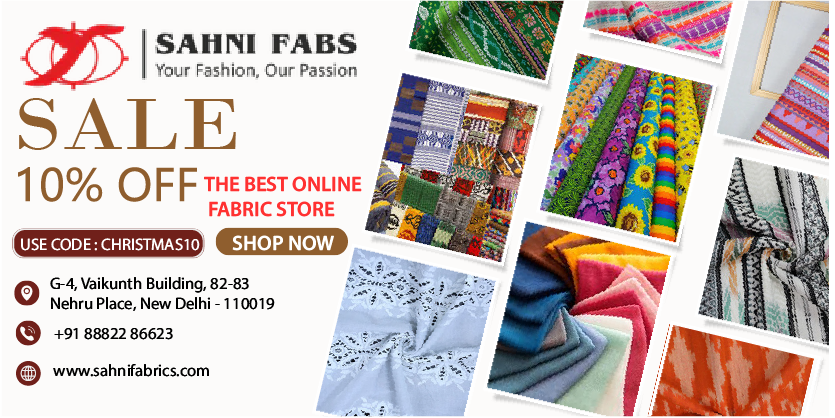
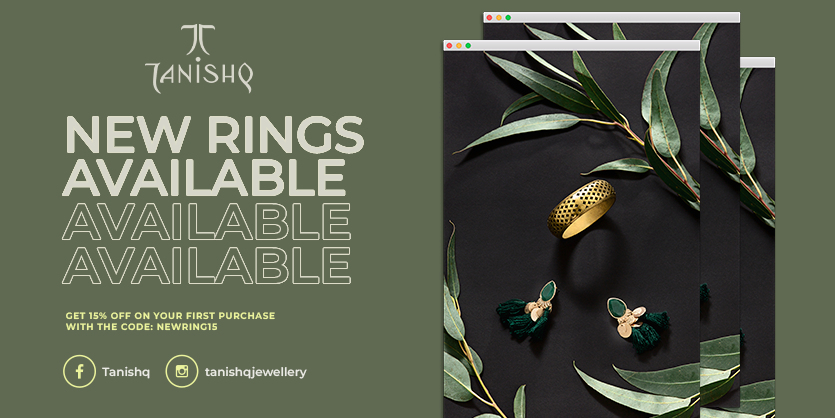


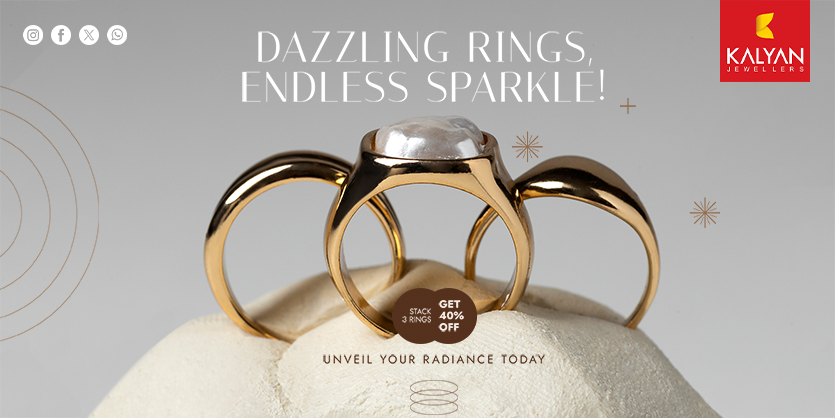
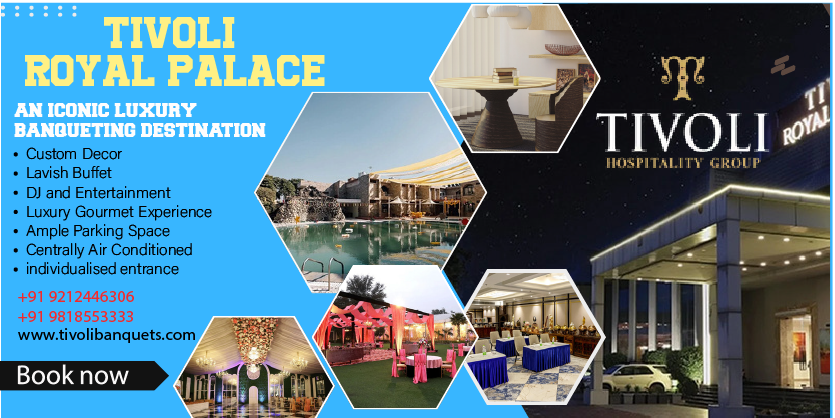
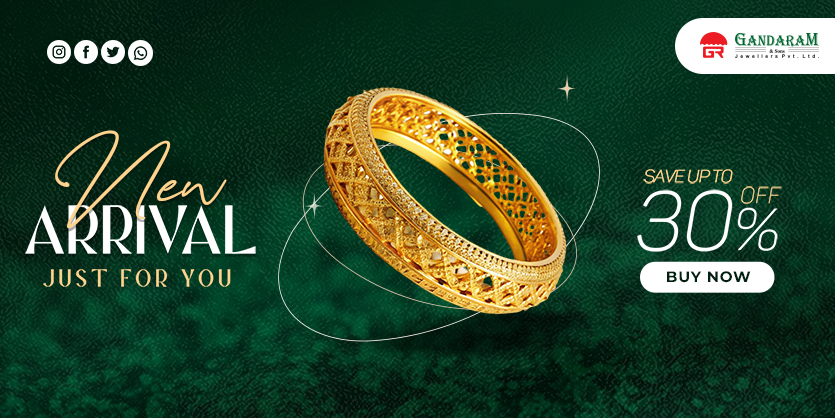
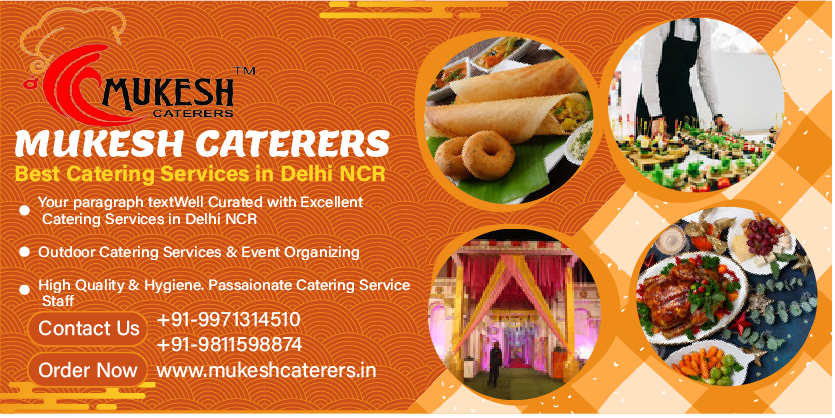

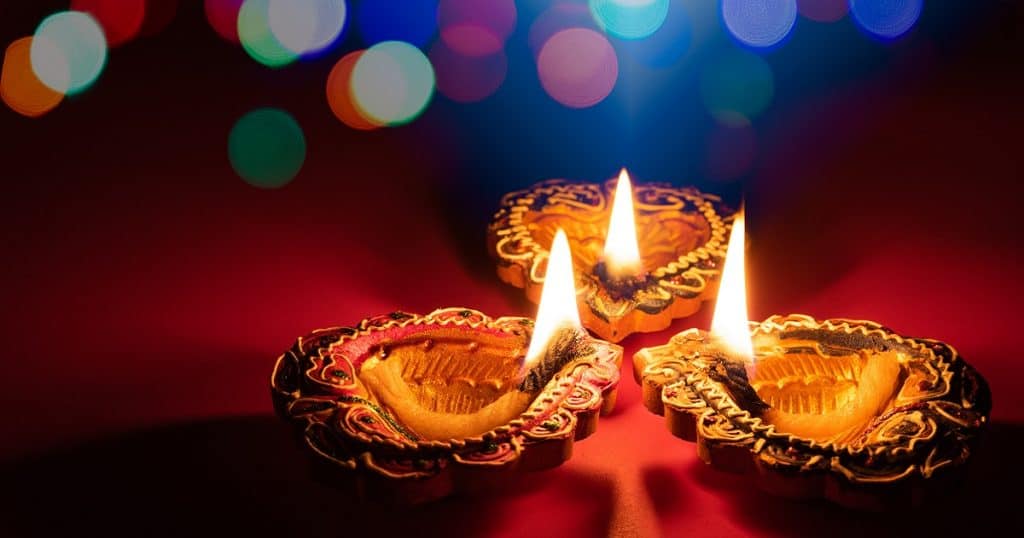
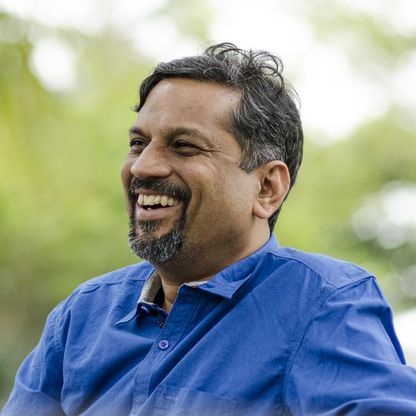

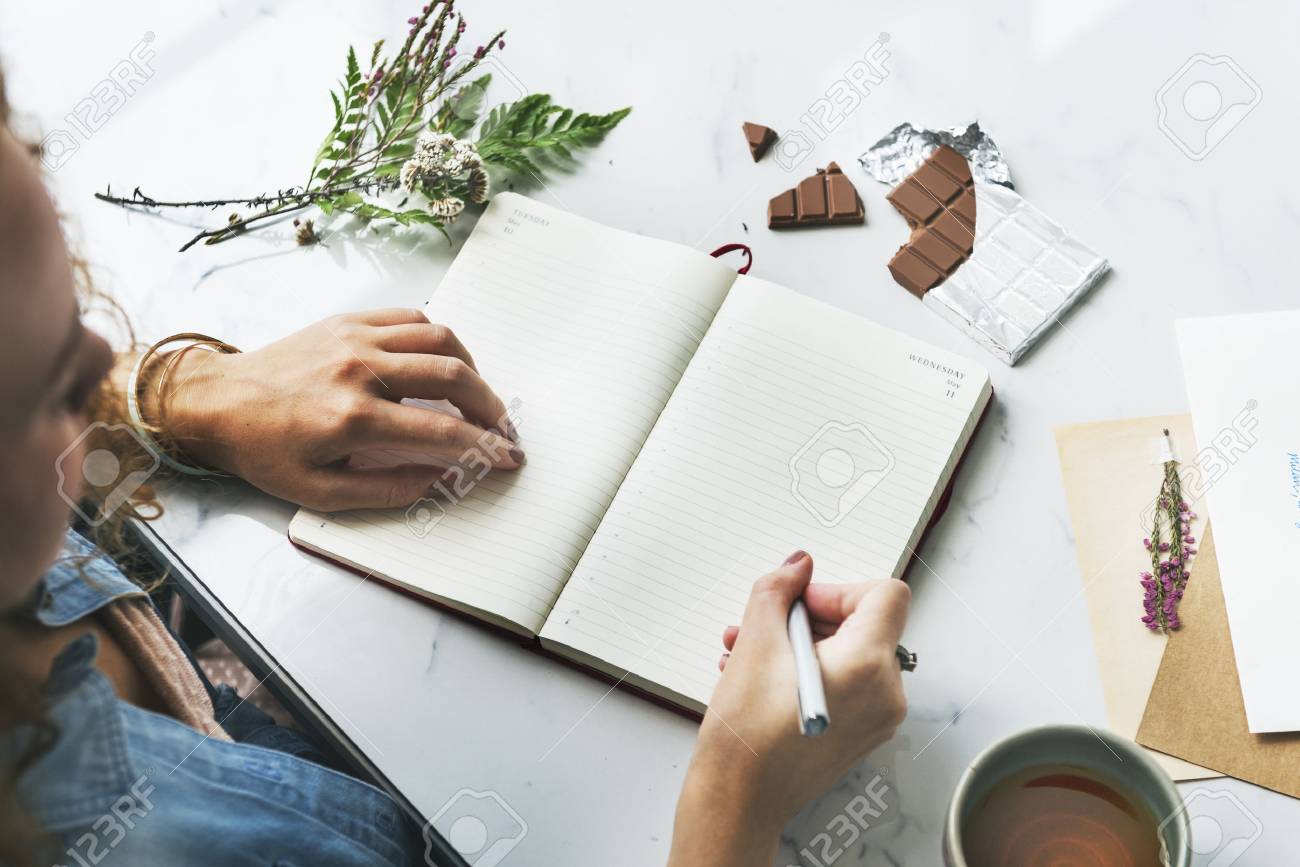
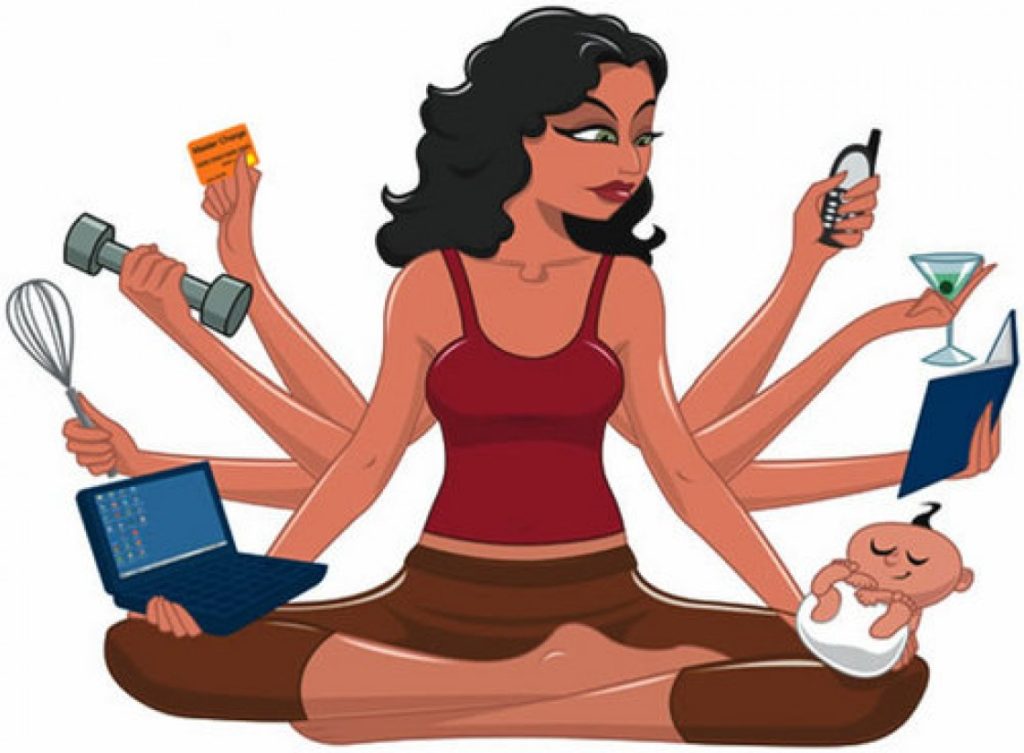
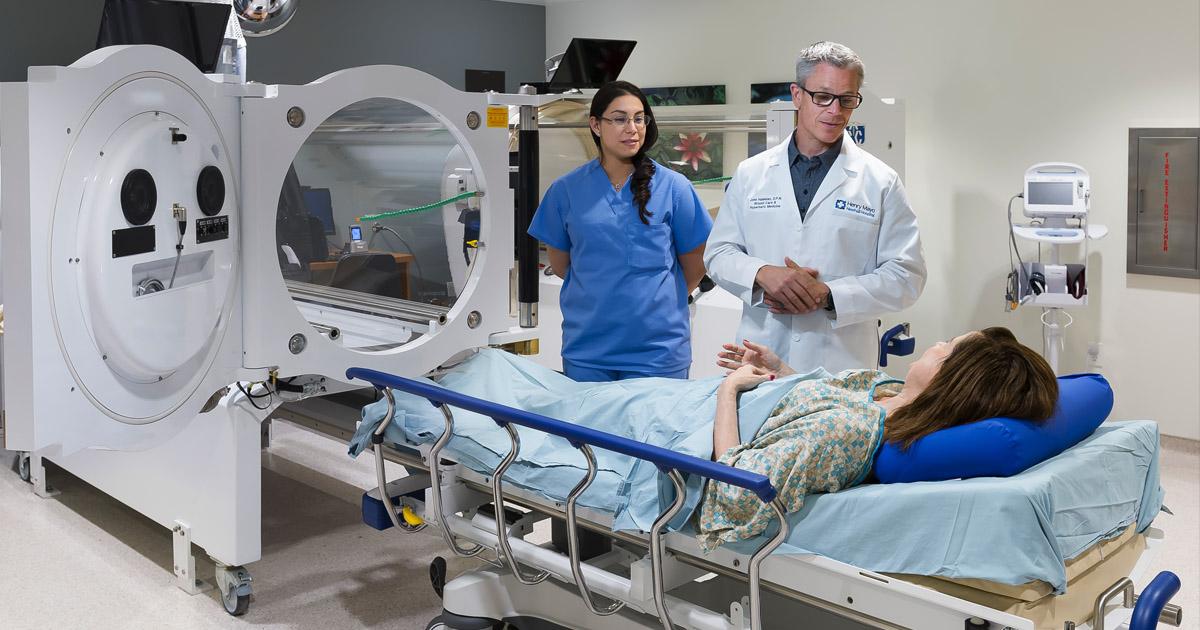


Leave a Reply